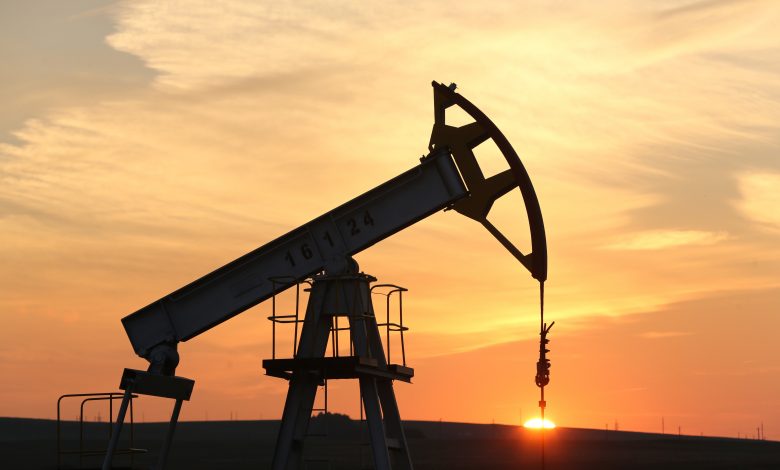What Happened to Peak Oil?

The Peak Oil Crisis
In his 2005 book, “The Long Emergency,” James Howard Kunstler delivered a grim outlook on the future of fossil fuels. As one of the world’s most outspoken critics of societies powered by fossil fuels, Kunstler argued that the end of the fossil fuel era would soon force a return to smaller-scale, agrarian-based communities. Kunstler’s premise was that the end of cheap oil would ultimately contribute to a collapse of civilized life as we know it. His arguments mirrored those from other social critics of the early 2000s that claimed how peak oil (a theory that postulates how the world’s supply of oil will dwindle into an irreversible decline) would lead to a global economic slump. Moreover, mainstream news outlets were also printing articles about the looming oil crisis. Even the September 21, 2004 edition of the Wall Street Journal published a front-page story titled, “As Prices Soar, Doomsayers Provoke Debate on Oil’s Future.” While it has been decades since the peak oil predictions swept the world, global oil production continues to increase.

Increasing Oil Production
The global peak oil warnings started just over 20 years ago when Scientific American printed an article by two retired geologists called “The End of Cheap Oil,” which argued that gobal oil production would shortly peak while demand would continue to rise, creating economic shock waves and global panic (Lynch, 2018). However, before this article was published, prior predictions were made about peak oil. Statistical modeling conducted by M. King Hubbert in 1956 predicted that oil production in the United States would peak between 1965 and 1971 (Liegl, 2014). Although, Hubbert’s modeling has been disproven as the U.S. continues to break oil production records. As recently as August, U.S. crude production skyrocketed to a record of 12.4 million barrels per day, making the U.S. the world’s largest oil producer (Resnick-Ault, 2019).

Investments in Technology
While oil production continues to increase, the demand for gasoline and diesel also continues to increase. Even though production is rising, the oil industry is no longer seeing spewing fields of oil in places like California and Texas. Instead, they are investing a vast amount of energy and money to extract oil from tar sands, shale deposits, and from miles beneath the ocean. The 1973 Arab oil embargo was perceived as a motive to pursue new forms of energy instead of sinking back into an economy that revolved around petroleum. Instead, investments were made in new technology that has allowed fossil fuel companies to access oil from places that were previously never deemed possible. The oil shocks of the 1970s became one of the first instances where Americans began to question their addiction to oil. The intense flow of energy (through the production of oil) had encouraged the notion of a society built around everlasting economic growth and the over-consumption of goods.

International Energy Agency Prediction
Remarkable achievements in technology have resulted in the avoidance of a global peak oil crisis. However, if technology investments cease to continue, future oil shocks are likely. Within the 2018 publication of the World Energy Outlook, the International Energy Agency predicted that with no new investments in technology and exploration, global oil production would drop by 50% by 2025 (Fell, 2018). Therefore, if investments in oil production technology slow in the coming years, the peak oil headlines may start to appear once again.
Sources
Bardi, U. (2018). “Peak oil, 20 years later: Failed prediction or useful insight?” Science Direct.
Fell, H. (2019). “Largely ignored global peak oil problem will seriously hit in a few years.” Medium.
Liegl, A. (2014). “Peak Oil Theory.” Stanford University.
Lynch, M. (2018). “What Ever Happened To Peak Oil?” Forbes.
Resnick-Ault, J. (2019). “U.S. oil output soars to record 12.4 million bpd in August: EIA.” Reuters.



